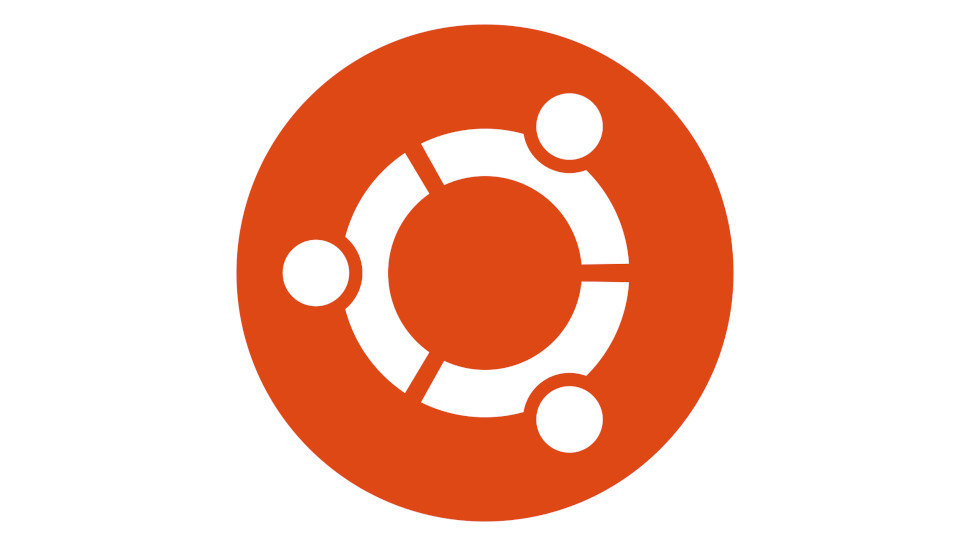The next major Ubuntu release is here, with a bunch of handy upgrades
Design upgrades all around

Ubuntu 22.04, the next version of the famous Linux distro, is now available to download in beta.
Codenamed Jammy Jelly fish, Ubuntu 22.04 is the next Long Term Service (LTS) release and comes bundled with a number of handy upgrades. The final version is set to go live later this month.
An LTS version is usually relevant for about five years, giving businesses long-term peace of mind. Many things can go wrong when a new version of an OS is released, from unsupported hardware, to driver issues and beyond. Knowing that this version will be supported with updates and tweaks for such a long time helps admins prepare for the future.
We're looking at how our readers use VPNs with different devices so we can improve our content and offer better advice. This survey shouldn't take more than 60 seconds of your time. Thank you for taking part.
GNOME 42 is here
Perhaps the most significant upgrade is the introduction of GNOME 42.
For the uninitiated, GNOME is the graphics user interface for the desktop - the environment that allows users to interact with apps. GNOME 42, specifically, comes with a number of relatively subtle, but important changes, from a better-looking theme, to better application call-outs, and improved menu layouts.
Another major change is support for Libadwaita (the successor to the GTK3-based libhandy library), described by ZDNet as “one of the more controversial changes” to grace Ubuntu. However, it should remove discrepancies caused by different visual themes, and gives users a lot more visual options and desktop behaviors. What’s more, with Libawaita, Ubuntu should offer a more contemporary, sleek design for all GTK apps.
Other noteworthy changes include a performance boost (triple frame buffering) for Linux laptops and other devices, hardware-accelerated rendering in the GNOME web browser, and Kernel 5.15 with additional hardware support.
Are you a pro? Subscribe to our newsletter
Sign up to the TechRadar Pro newsletter to get all the top news, opinion, features and guidance your business needs to succeed!
Those interested in giving the Ubuntu Jammy Jellyfish beta a spin, can find the installation file here.
Via ZDNet
Sead is a seasoned freelance journalist based in Sarajevo, Bosnia and Herzegovina. He writes about IT (cloud, IoT, 5G, VPN) and cybersecurity (ransomware, data breaches, laws and regulations). In his career, spanning more than a decade, he’s written for numerous media outlets, including Al Jazeera Balkans. He’s also held several modules on content writing for Represent Communications.